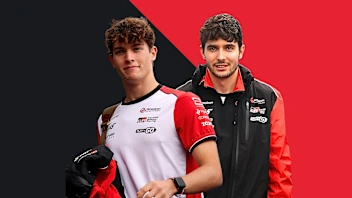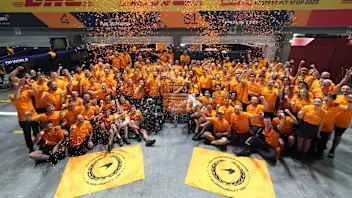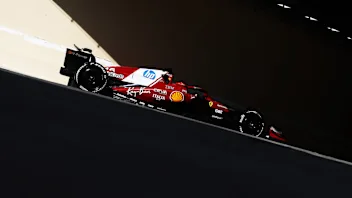MONDAY MORNING DEBRIEF: How the mid-race rain rescued McLaren's Sunday in Belgium


One seventh place and a DNF was McLaren’s official result in the Belgian Grand Prix, with Lando Norris finishing 1m 13s behind Max Verstappen’s winning Red Bull and Oscar Piastri retiring after an incident seconds into the race.
Yet despite the meagre outcome, McLaren had shown flashes of remarkable performance. There was a brief phase of the race where a rain shower – not heavy enough for intermediate tyres but enough to make the track surface extremely tricky – saw Norris become the fastest driver on track by an outrageous amount.
Next Up
Related Articles
 End Of Year Reports 2025Haas’ best and worst moments from 2025
End Of Year Reports 2025Haas’ best and worst moments from 2025 Watch as the F1 grid does Secret Santa for 2025
Watch as the F1 grid does Secret Santa for 2025 Celebrating the first F1 Allwyn Global Community Awards
Celebrating the first F1 Allwyn Global Community Awards PalmerJolyon Palmer picks his stand-out performers in 2025
PalmerJolyon Palmer picks his stand-out performers in 2025 F1 CEO Domenicali reflects on 'phenomenal' 2025
F1 CEO Domenicali reflects on 'phenomenal' 2025 Ferrari confirm launch date for 2026 campaign
Ferrari confirm launch date for 2026 campaign
